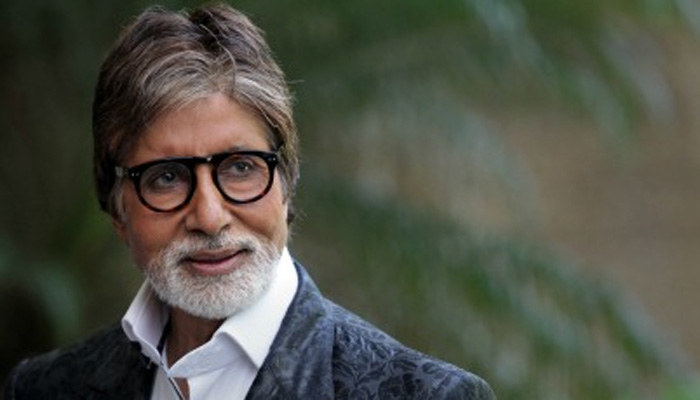This implies that female literacy alone is not enough to improve the sex ratio as is commonly assumed and suggested by Prime Minister Narendra Modi’s Beti Bachao, Beti Padhao (save daughter, educate daughter) campaign.
As Part 1 of the series pointed out, the educated are more likely to afford sex-selective abortions.
The bias against daughters can only end if women’s education is accompanied by social and economic empowerment, concluded a study conducted over a period of 30 years in Gove, Maharashtra, by Carol Vlassoff, a professor at the University of Ottawa.
“Not only is it impossible to achieve gender equality without education, expanding education opportunities for all can help stimulate productivity and reduce the economic vulnerability of poor households,” the United Nations (UN) said, about the role of education in achieving gender equality, in its 2013 report, Making Education a Priority in the Post-2015 Development Agenda.
But statistics in India do not bear out the UN’s assumptions. Young graduate mothers gave birth to 899 girls per 1,000 boys, lower than the national average of 943, reported in May 2016.
























